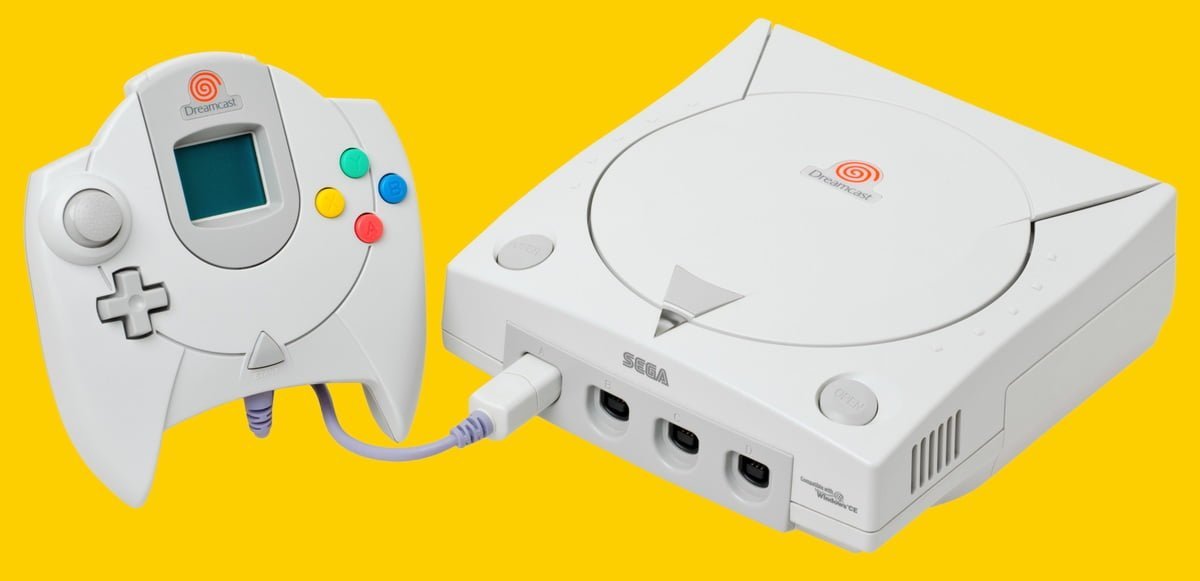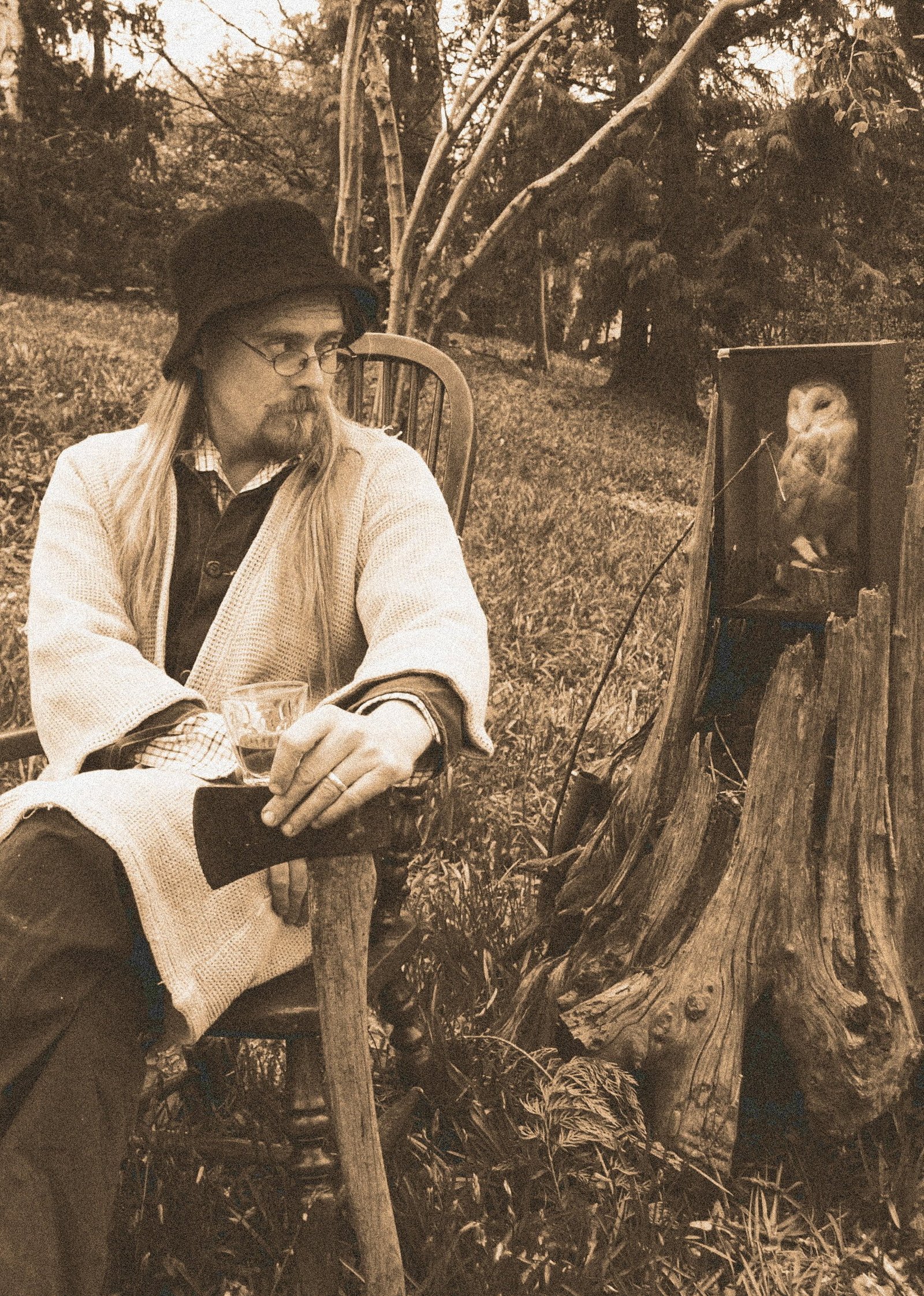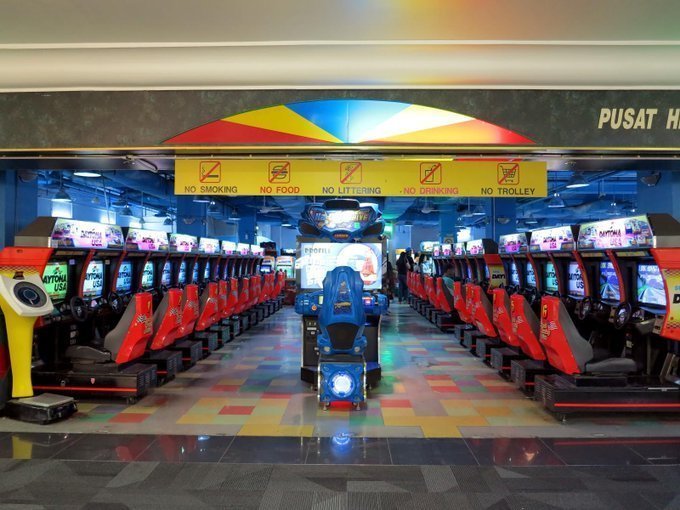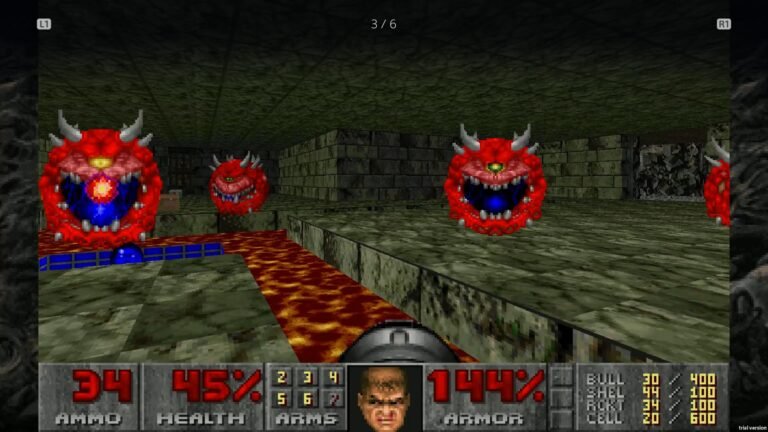Daydream Believer: Sega’s Dreamcast and the Charm of Almost Winning
Last Updated on April 20, 2023
The Sega Dreamcast was destined to be a game-changer – just not in the way people expected…
Sega, that company which operated within the rarefied commercial airspace of the brilliant, the bonkers and the bust. On a shelf, they would happily sit next to Lancia. They invented new genres but also invented the 32X. They took over the world with a mascot, only to throw in the towel for the next generation.
They made Virtua Fighter 2, and they made Bug Too.
And they were always up to something, but like an over-caffeinated alchemist who doesn’t stop to check that their creations are behaving, things would get out of control.
No one made as much stuff as Sega. Not for hardware nor software could you match the indulgences of their output. Especially in the arcades where they combined their full powers to become the Voltron of coin operators. Bigger than a cottage industry, and with plans to expand secreted somewhere in the recollections of their genius, Sega would nonetheless go away for a long nap by the early hours of this new millennium.
Might someone go give them a shove or a kiss to wake them up?
Yes, they should, because judged by the quality of their final piece of home hardware, they ought never to have been left alone to have that nap in the first place. What were we thinking?
I just thought that there was no way that Dreamcast could fail. I bought one from Japan and was laughing along with it months and months before it would hit other markets.
For my excuses at the time, I just thought that there was no way that Dreamcast could fail. I bought one from Japan and was laughing along with it months and months before it would hit other markets. And there was hype for those markets too. A genuine sense from fandom and beyond, into the wider world of mass culture that Sega was doubling down with a machine that was zestier than a lemon.
I was there and I can remember it.
Charm offensive
Sega announced the Dreamcast in Japan on May 21st, 1998. Their current system, the Saturn was piquing in cult status, combining great titles with a parochial bent so severe it no longer looked up to see if anyone was paying attention.
They weren’t.
That had suited me fine, but my business and that of a few others were not going to keep Sega in a state of high financial rectitude. They were going to have to recapture the hearts of gamers, and to do that they were going to have to take stock away from Sony. Nintendo too, but they were also struggling after the hype dropped off for the N64.
How to take that back though? I have never heard it spoken of, and I don’t know if this approach was in the broad strokes of their meddling, but in retrospect, I would say that they went for victory by charm. The Dreamcast charmed developers with its bright textures and polygons.
It charmed the media with its pre-iphone white fascia and a sense that it was so hip it could feature in an episode of Friends. The controller always looked gimp, but on the whole, what the puppet masters in the Sega basement had cooked up was the most charming console that any manufacturer had made. It was going to sell out.

I couldn’t wait for Sega to get around to going PAL with it, so I parted my bank details over the phone in early 1999 to get a Japanese machine from Essex-based import entrepreneurs, Project K. I got Virtua Fighter 3tb, Sonic Adventure, and Sega Rally 2. Now, I have never been a technology-centred man but the Dreamcast was immediately swinging from a different weight division. Sega Rally 2 was a bit of a rushed mess, but Virtua Fighter 3 was very close to the arcade. Sonic was Sonic. It was good to have him back and there was a lot more to come.
Almost the entire focus of Sega’s mind was wrought on exploring their new machine both technically and artistically. It was infectiously sprouting life out from all manner of genres and by the time it closed in on that PAL release, it was already bronzed over as a good time, party machine with games as rich as a good taster menu. The only question was would the PAL-paying public, and the Western world in general, be up for the tasting after all the recent Sega tears?
Sega Rally 2 was a bit of a rushed mess, but Virtua Fighter 3 was very close to the arcade. Sonic was Sonic.
The table appeared to be well set. It was priced reasonably and hit key mass market genres like a round of Whack-A-Mole. There was the nascent spectre of PlayStation 2 on the far horizon but by October 14th, 1999 Sega had the U.K. party started with a strong lineup of early titles, a smile on their face and a middle finger to the competition.
Sega liked to get off to an early start. You could say, with evidence, that they jumped the gun on the odd occasion, but I was always a Sega fan so I would say that they were always the first up and getting their hands to labour. And with Dreamcast they did break a few release records, including that many-teated market of North America.
Actual figures are available, but not from me. I did buy one of my own though, even though I was dissatisfied with the new blue swirl in place of my established orange one.
Sega was close to landing, and it wasn’t because of the modem or even that Soul Calibur looked as good as it did, it was because there was a palpable sense of a good time, every time about this machine. It is possible that the Dreamcast was the very Marlboro of consoles, and like early morning phlgem, it made an impact.
You, me and Yu
Onward the big titles kept coming into and then out the other end of 2000. The Saturn was always in the lonesome corner of niche-club but the Dreamcast was a party animal with a taste in whatever the audience deemed tasteful. Heck, even the loner got catered for because Sega legend Yu Suzuki went crazy, took Sega’s money and made Shenmue and then Shenmue II. He spent a lot of money doing Shenmue’s.
And things for Sega were already broadly expensive. Their margin for profit from sales of the machine was slender and at some point in 2000, Sega realised that people were not buying enough games to make good money. Or even to break even. You just can’t rely on the public, or Yu Suzuki.
It is possible that the Dreamcast was the very Marlboro of consoles, and like early morning phlgem, it made an impact.
So in early 2001, Sega held one of those meetings that they liked where they got to announce the death of a current machine, and then get the hype going for the new one. Except already a problem. There was to be no new machine.
Okay.
And Sega were going third party.
What!?
To demonstrate how serious they were about this, Sega had Yu Suzuki come to the front of the stage and shake a money jar up and down. When no money dropped out and the point was made he put the jar down, held out his hands in a gesture of whoops! and asked if anyone would like to watch him perform some doughnuts in his Ferrari outside. What a guy.
Shame about the company though. It felt like they had gotten so close to emergent success again, only for the public to let them down. The customer might always be right, but honestly, sometimes they are just complete right-offs.

John is a writer and gardener. He comes with various 90’s Sega attachments and is the author of The Meifod Claw and other works. His favorite tree is a copper beech and he would like his coffee black without sugar, thank you.



